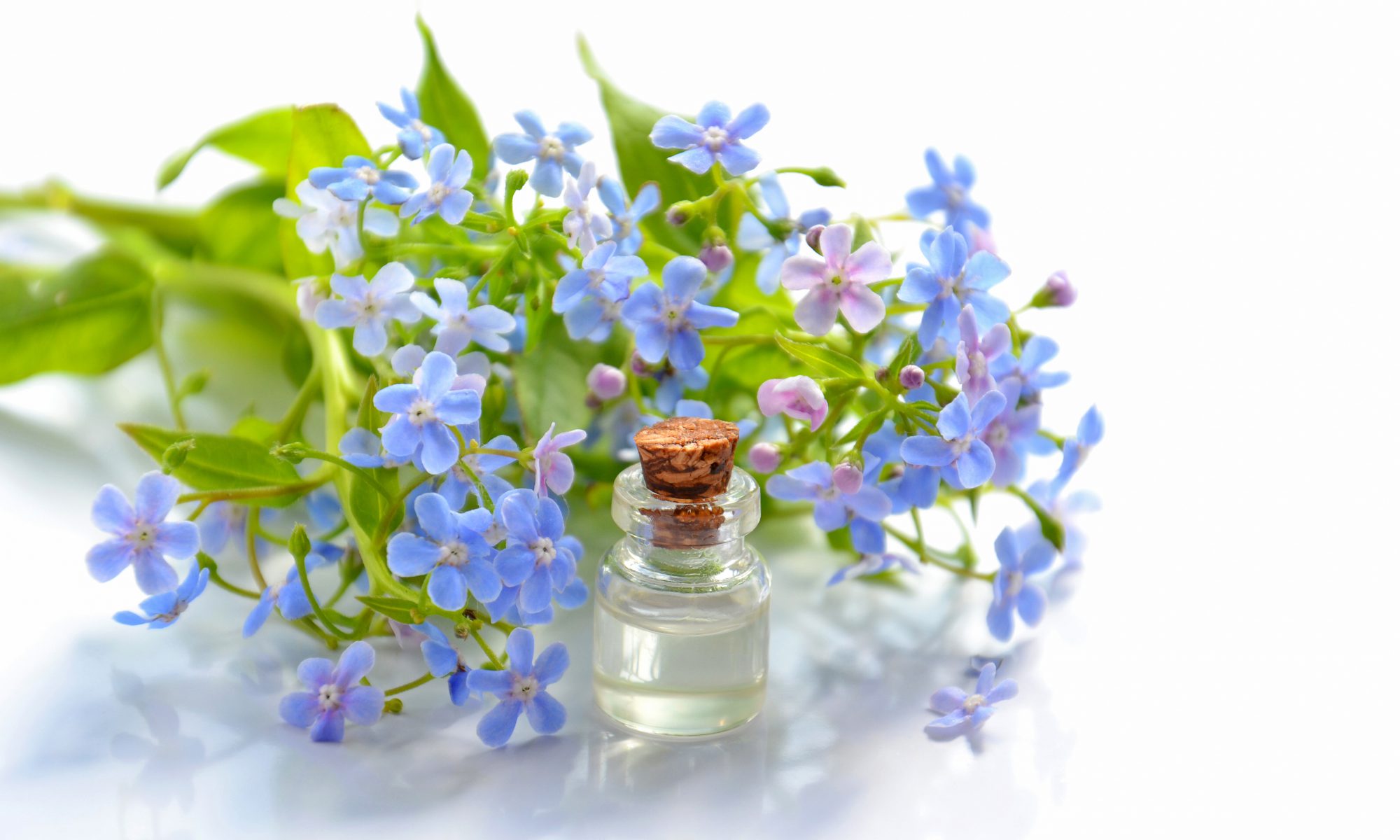If we dive into the history of the perfume craft, we find ourselves in France, where alchemical art was imported from Italy. Catherine of Medici (16th century) is credited with expanding the craft, although such a definition may be little bit a generalization. But it was her who brought along a bunch of Italian poison-makers and perfumers as a part of her entourage when moving to the French royal court.
The two mentioned crafts had a lot in common from the beginning, mainly due to the need to know and mix various substances. Catherine’s personal perfumer was Renato il Fiorentino, who perfected the art of mixing essential oils, aromatic ingredients, solvents and other ingredients to such an extent that, thanks to his experience, France became a great power not only in the production of perfumes but also in the cultivation of fragrant plants.
The capital of perfumery is considered to be the town of Grasse, just a short distance from the coast of the French Riviera. Although originally used in the leather industry, fragrant herbs and flowers such as jasmine, mimosa, lavender, orange blossom or roses have traditionally been grown around Grasse. Today, the main source of prosperity is the perfume industry. It is not just about the production of perfumes, but above all about the production of the highest quality raw materials. Large perfume brands, such as Chanel, have their own flower fields here. In addition to tradition, know-how and suitable climatic conditions, the proximity of the port of Marseille has also contributed to the development of the industry.
The world’s most famous perfume houses are based on the principle of family businesses passed down from generation to generation, where each fragrance has its own special dimension and behind its creation are stories whose retelling would take a book.
Molinard
The family business Maison Molinard was founded in 1849 by the chemist Jeune Molinard. To this day, it remains a family business. In the beginning, he produced flower perfumes and colognes. In 1860 he introduced his first fragrances. Following the fashion of that time, they were flower soliflores (soliflore is a scent of single flower type). Elegant flacons were made by the famous house Baccarat. Even the Queen Victoria of England used Molinard perfume.
In 1900, the Molinard family bought an old perfumery factory with production facilities designed by Gustave Eifell himself. The House of Molinard is famous for two main acts:
The first is the invention of a solid perfume called Concreta – natural flower waxes are used for its production. Even more important is the iconic Habanita perfume, which was launched in 1921. It was originally intended to be used to perfume cigarettes, but it became so popular that it began to be produced as a perfume. The flacon for it was created by the famous glassmaker René Lalique, who has since created many other flacons for Molinard. The Habanita bottle is black, opaque with a design of water fairies. It is a very distinctive scent (supposed to break through the scent of the cigarette itself) based on a unique chord of vanilla and vetiver, really unique for a long time. In 2012, the company modernized this fragrance, while maintaining the quality and original atmosphere of the fragrance. At the same time, it also started producing a smoother version of Habanita Iʼ Esprit in the same, in a white bottle of the same shape and, of course, they produced also its soliflores.
Other perfumes that are worth trying are Molinard de Molinard, which seems to be the opposite of the Habanita, and the light green floral Un Souris Verte (Green Mouse). It was created as a fragrance for children and comes with a stuffed toy -mouse and a children’s poem.
In 2014, the company launches a line of modern luxury perfumes according to the latest trends “Molinard La Collection Privee” – these are studies of individual basic tones in individual bottles – Acqua Lotus, Ambrée Lumiére, Cher Wood, Rose Emois, Secret Sucré.
Galimard
The Galimard perfumery was founded in 1747 by Jean de Galimard. He made perfumes and gloves (sounds like a strange combination, but at that time it was common to perfume men’s and women’s gloves.) He also supplied his perfumes and cosmetic products to the royal court of Louis XV. One of his good friends was, for example, Goethe. Galimard uses exclusively natural essences. In addition to a wide selection of women’s and men’s fragrances, Galimard also offers a wide range of colognes – soliflors.
In 2012, Galimard introduced a modern line of unisex colognes with less traditional combinations of fragrances – the Cologne Absolue Collection. It contains fragrances such as Lotus Thé Vert, Feuilles & Fleurs dˈOranger, Rose Baies Roses, Bois des Indes, Bambou Trèfle.
Fragonard
Fragonard was founded in Grasse in 1926 by Eugene Fuchs. He named it Fragonard in honor of his favorite painter Jean-Honore Fragonard. Between the most famous perfumes from the Fragonard workshop belong Soleil with a bottle with the golden sun on top, which smells like a garden bathing in the warm summer sun.
